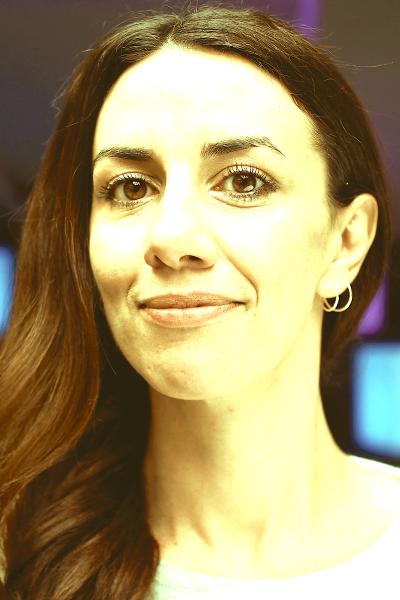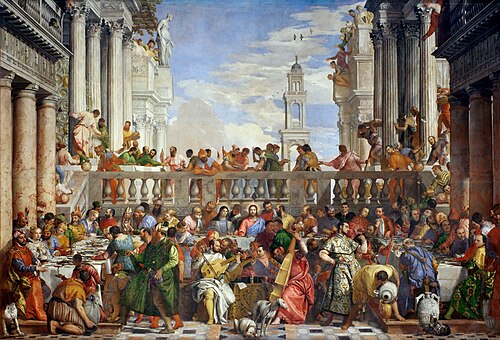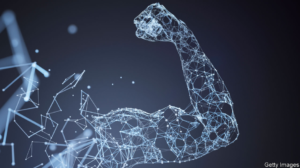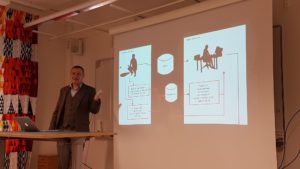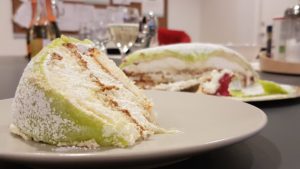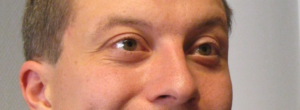The spring term for the Digital Humanities students started off with a courses called Visual Analysis: Materiality and Digital Humanities and headed by art historian and media scholar Anna Orrghen. I took an opportunity to ask her a few questions about the course and her involvement in the research field of Digital Humanities.
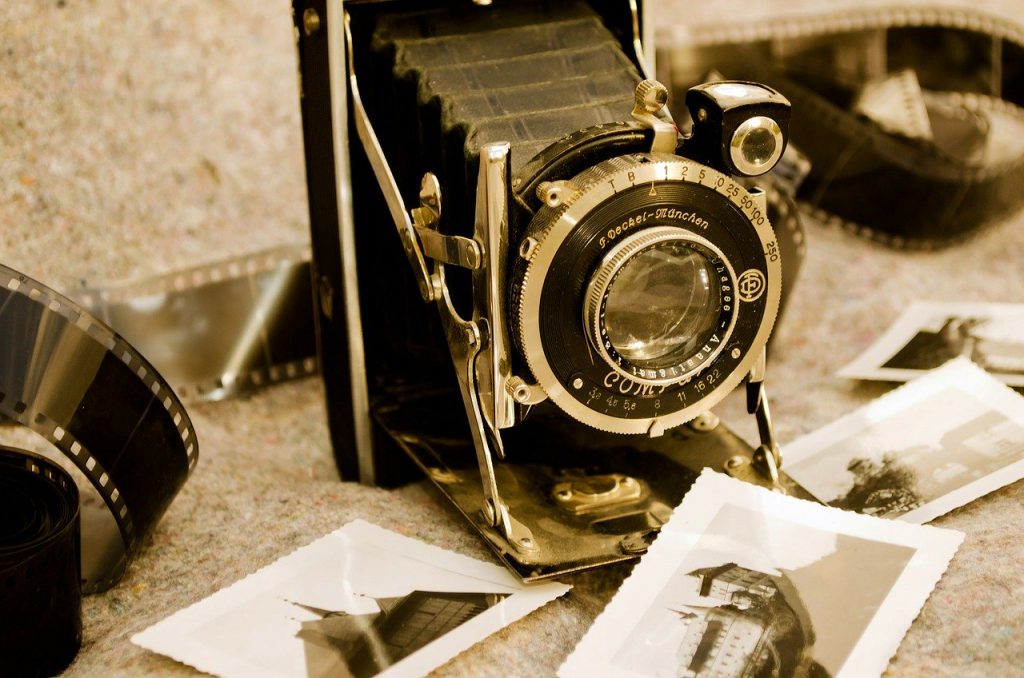
What is your research background and how did you find Digital Humanities as an educational and research subject?
My research background is at the intersection of art history and media studies. More particularly art, science and technology in general and digital art in particular. Actually, I do not really see myself as a digital humanities scholar, but have slipped into issues that relate to digital humanities through my research on digital art, e.g. questions concerning methodology in relation to digital art. These issues have further been the starting point for the course Visual Analysis: Materiality and Digital Humanities.
How do you use digital tools or digital methods in your own research?
I do not, actually. But I am genuinely interested in the consequences the use of digital tools and methods has for art historical research. Thus, instead of using digital tools or digital methods, I am trying to understand what it means for art history as a discipline that digital tools and methods are being used.
What was for you the most successful or meaningful part of the course?
For me, the most meaningful part of the course was the combination of really practical, hands on work during the excursions and workshops, and the theoretical perspectives applied through the seminars. That became an important opportunity to delve into the differences between digitized materials and non digitized materials and how their status as digitized or non digitized impact how and what we know about our cultural heritage.
Also, I would like to add that the fact that the course is a collaboration between scholars from different academic fields and departments within Uppsala university, such as archaeology, art history and textile history was also really meaningful. And, finally, through the students I have gained a lot of knowledge about cultural heritage sites and artefacts around the world, that I would not have gained otherwise.
What would you say is the core of the course?
I think it is the same as above, i.e. not only to read about the consequences of digitization, but to really investigate it through engage in the materiality of cultural heritage.
You can read more about Anna Orrghens research in my previous post about the research done at the Department of Art history.

